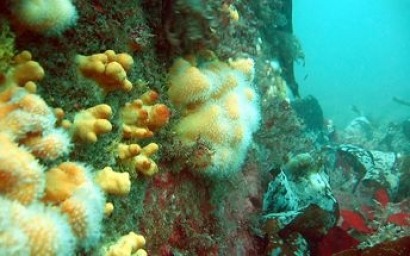
Due to extensive utilisation for harbour piers, coast protection facilities and other man-made facilities, rock reefs have become a rare natural element in Denmark.
Now, the energy company says, lobsters, crabs and a number of fish species will benefit from the wind farm project, which is being built over the next two years.
The boulders that will be used range in size from one metre to four metres in diameter, and are in the way of the wind farm's many cables, and the supporting legs and anchors of the vessels that are used for construction, the company said.
"Even though boulder extraction is prohibited today, it hasn't given us back the ruined reefs,” said Birte Hansen, Environment & Consents Manager, Renewables.
“At Anholt, it's necessary to remove a lot of large boulders due to construction,” Hansen continued. “But instead of just rearranging the boulders, we have decided to use the boulders to build close to 30 artificial reefs with various sizes of caverns.”
As evidenced from even small artificial reefs, fish and shellfish are very quick to occupy the new reefs and caverns.
“Our expectation is that within two years, a large number of species will occupy the reefs,” Hansen said. “From there we expect different species of animals and plants that are particularly attached to reefs will compete for the position, and after 5 to 6 years, a mutual long-term balance will be achieved," Hansen said.
Now that a plan is in place, the reef creation work must go to tender. But Dong has said it fully expects the boulders to be removed and a large percentage of the reefs to be built by 1 January 2012.
Photo Jan Nicolaisen, Orbicon
For additional information:
Dong Energy

